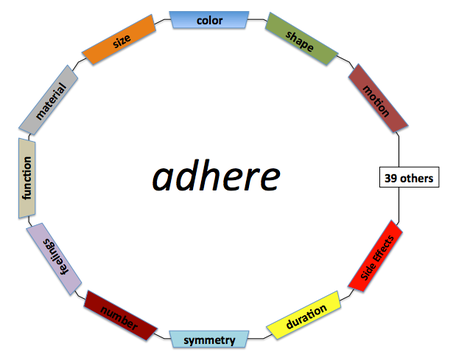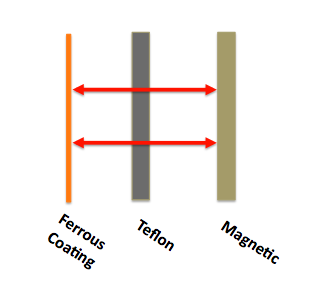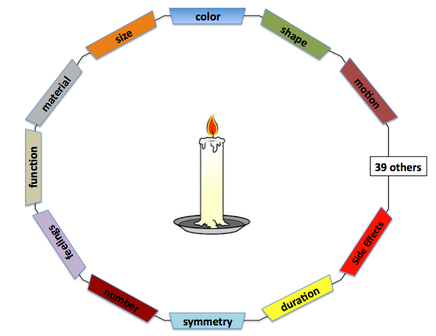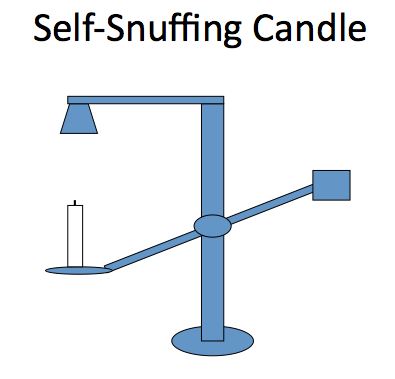Suppose you are trying to create a new way to reduce concussions in football players. You ask Google “What are promising unexplored ways to reduce concussions?” by typing in variations on the keywords in this question. No matter how you type it, Google returns known approaches that perhaps at some point in time were considered “promising” or could one day lead to “unexplored” ways. The fact is that Google and the other search engines are extremely good at digging up the past. But they are constrained by the past and cannot look into the future.
Using a new search method designed specifically for innovation, we have come up with a radical new solution to reducing concussions that reliably transforms direct helmet hits into glancing blows. We are moving to patent our idea that has been evaluated by two physicists and one mechanical engineer. But what kind of search engine could have possibly helped us glimpse into the future?
This new search engine accepted “reduce concussions” and exploded it into over two dozen ways to phrase the goal that are far-removed from the world of football, including the following phrases: reduce energy, minimize force, exchange forces, substitute energy, oppose energy, repel energy, lessen momentum, and alter direction. A simultaneous search on this extensive collection of loosely-related goals in the context of concussions returned solutions from diverse fields and easily thrust us into unexplored territory. Quickly, we identified a known solution from a distant field that would do the trick. Quite likely, there are more hidden treasures within our search results, but we took a break after finding the gem we did.
It turns out that when you look broadly across the vast horizon of the manifold areas of human research, there are many ways to achieve something like “reduce concussions.” It just takes the right method to liberate us from the minutia of the problem and send us to the right altitude from which to view the overall landscape.
Being truly innovative requires peering into the uncharted territory of untried ways to solve your problem. Google-style searching cannot help you because it is chained to finding the known approaches. Lateral-searching is the way to maneuver at the right altitude to reach the clearing of unexplored approaches to your problem. Innovation requires lateral-searching and there are now lateral-search engines that can help you gaze into the landscape of the future.
Contact Dr. Tony McCaffrey ([email protected]) for more information.
Using a new search method designed specifically for innovation, we have come up with a radical new solution to reducing concussions that reliably transforms direct helmet hits into glancing blows. We are moving to patent our idea that has been evaluated by two physicists and one mechanical engineer. But what kind of search engine could have possibly helped us glimpse into the future?
This new search engine accepted “reduce concussions” and exploded it into over two dozen ways to phrase the goal that are far-removed from the world of football, including the following phrases: reduce energy, minimize force, exchange forces, substitute energy, oppose energy, repel energy, lessen momentum, and alter direction. A simultaneous search on this extensive collection of loosely-related goals in the context of concussions returned solutions from diverse fields and easily thrust us into unexplored territory. Quickly, we identified a known solution from a distant field that would do the trick. Quite likely, there are more hidden treasures within our search results, but we took a break after finding the gem we did.
It turns out that when you look broadly across the vast horizon of the manifold areas of human research, there are many ways to achieve something like “reduce concussions.” It just takes the right method to liberate us from the minutia of the problem and send us to the right altitude from which to view the overall landscape.
Being truly innovative requires peering into the uncharted territory of untried ways to solve your problem. Google-style searching cannot help you because it is chained to finding the known approaches. Lateral-searching is the way to maneuver at the right altitude to reach the clearing of unexplored approaches to your problem. Innovation requires lateral-searching and there are now lateral-search engines that can help you gaze into the landscape of the future.
Contact Dr. Tony McCaffrey ([email protected]) for more information.





 RSS Feed
RSS Feed
